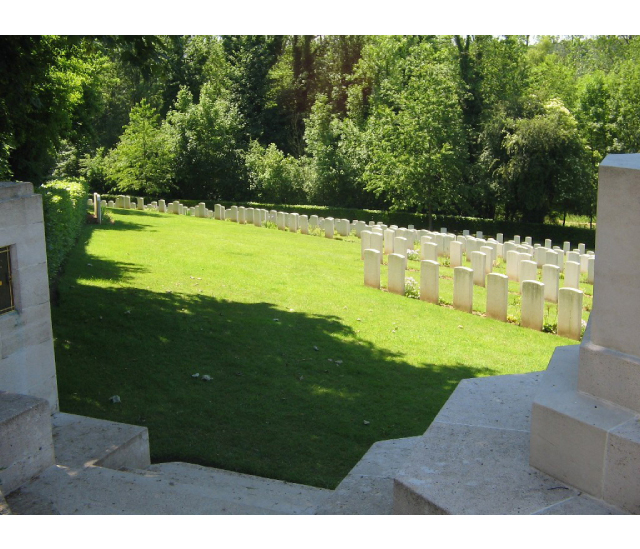Charles Frederick Onslow Wickham was my great uncle on my mother’s side. He grew up at Witherenden Mill, the eldest son of the miller and farmer, Henry Charles Wickham.
The family story is that Charles was sent to Australia before the First World War, having got a local girl pregnant – she subsequently called herself Mrs Wickham, and, although I was told they never married, the War Office accepted that they were husband and wife. While in Australia, he worked as a “horse breaker” – training horses to be ridden – very physical work. My grandmother (who married his brother) was the only person I knew who knew Charles – she said he caused a great stir by riding a black horse in his uniform at full gallop through the village of Stonegate, near Ticehurst, where he’s commemorated on the War memorial.
On 19th January 1915, Charles Wickham joined the Australian Imperial Force (AIF), 13th Light Horse. He was described as “height 5ft 7 1/4 inches, weight 11st, chest 35-38″, complexion fresh, eyes blue, hair light brown”. There were 3 marks on his forehead and more on his back – no doubt scars from the horse-breaking. He sailed for Gallipoli on 28th May, but fell ill with influenza and enteric fever, so was sent to England to recover.
Charles Wickham was apparently reunited with his family at Witherenden Mill and was discharged from the AIF. He then was commissioned as a temporary Second Lieutenant in the 15th Reserve Battalion Northumberland Fusiliers and arrived in France in May 1916, before being attached to the 16th Bn Northumberland Fusiliers on 20th or 21st June. The Battalion was based at Warloy before moving up to Knight’s Redoubt (nr Bouzincourt), just before the Battle of the Somme started.
Charles Wickham was killed on 26 June 1916, on leaving the trenches after an instructional tour. Also killed was his friend, Second Lieutenant George Popple (again attached from 15th NF), and injured were Captain Duglinson and Second Lieutenant George Thorneycroft. They were hit by a shrapnel shell and apparently a section of this, extracted from George Thorneycroft’s left forearm, still exists.
Charles Wickham and George Popple are buried side by side in Authville Military Cemetery, France.
A brave man, who clearly lived a full, tragically short, life.
This story was submitted by Don Cranfield








